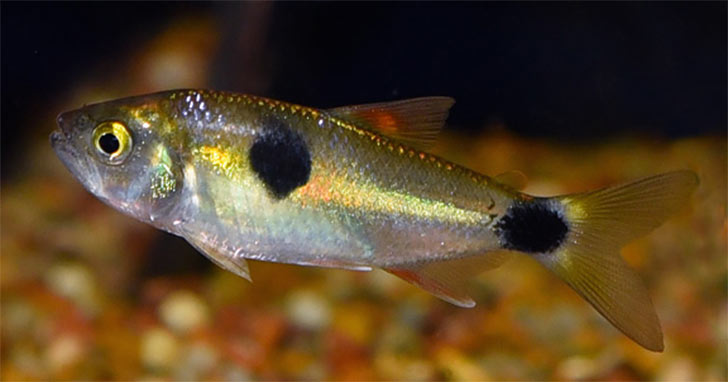
Aquarium water quality begins with establishing and maintaining biological filtration and the natural bacterial process involved in the nitrogen cycle. Proper biological filtration helps ensure overall aquarium health as it rids your aquarium water of toxic elements.
The nitrogen cycle is the single most important process all aquariums must undergo in order for them to become established. During this process, aquariums cultivate beneficial bacterial colonies and begin to maintain a stable state where the rate at which toxic compounds are introduced into the aquarium equals the rate at which they are converted into less harmful compounds. But what exactly is the nitrogen cycle?
The Nitrogen Cycle Also known as the nitrification cycle, it is the process that breaks down toxic nitrogen waste products in your aquarium into less harmful components. It works like this:
- First, a source of ammonia has to be present in the aquarium. Examples include decomposing organic waste, such as fish waste, decaying plants, and uneaten fish food. Respiration and other biological processes also produce ammonia.
- Oxygen-loving bacteria called Nitrosomonas convert the ammonia to nitrite. Nitrite is toxic to fish, but less so than ammonia.
- The Nitrobacter species of bacteria then convert the nitrite to nitrate. This byproduct of the nitrogen cycle is generally considered harmless to aquarium fish at low levels. Algae and plants then utilize the nitrate to naturally lower nitrate levels.
- Once the initial "cycling" process is complete, the beneficial bacteria have reached a population large enough to efficiently process existing levels of nitrogen waste products.
Ammonia and your aquarium
Ammonia is continuously introduced into your aquarium through fish waste, respiration, and other biological processes. While it is, in effect, the source of the nitrogen cycle, ammonia is extremely toxic. Fish will show signs of stress, such as erratic swimming behavior, when ammonia is present. High levels of ammonia attack the gills first, causing fish to gasp at the surface. Continued exposure affects their fins and skin, and eventually their entire system is under attack. Fortunately, you should not have detectable levels of ammonia in your cycled aquarium if the biological filter is working efficiently. However, the nitrogen cycle is a dynamic process and certain factors can trigger an ammonia spike even in an established aquarium.
An ammonia spike is a dramatic, toxic increase in the aquarium's ammonia level. If, for example, the beneficial bacterial colonies created during startup fluctuate, a harmful ammonia spike may result. A sudden increase in the biological load (the total number of fish in the aquarium as well as the metabolic waste of all organisms it contains) can also trigger an ammonia spike. An imbalance is created when ammonia levels exceed the capacity of existing beneficial bacteria to efficiently process the ammonia. The additional surge in ammonia levels momentarily overwhelms the nitrifying bacteria.
Common factors that influence biological load include overstocking your aquarium or overfeeding your fish. Since biological load has a direct correlation with ammonia production, you want the biological load in your aquarium to be ideally less than or equal to the nitrifying capacity of existing bacterial population. When the ammonia level spikes in an established aquarium, it is vital to reestablish the population of beneficial bacteria.
Since aquariums are a closed system, it is essential to monitor ammonia, nitrite, and nitrate levels. You also need to make sure you have a healthy and stable population of beneficial bacteria. This can be easily done through routine use of bacterial additives. Avoid poor water quality due to inefficient biological filtration. Routinely test your aquarium for ammonia and correct any filtration problems to ensure an enjoyable aquarium hobby.
A group of nitrifying bacteria called Nitrospira has been identified and recognized as playing an important role in the nitrogen cycle. The conversion of nitrite to nitrate has long been attributed to Nitrobacter species of bacteria. However, research suggests that Nitrospira plays a more active role in the oxidization of nitrite (converting nitrite to nitrate). Nitrifying Bacteria can be purchased and added to instantly establish efficient aquarium biological filtration. The result is faster cycling of new aquariums.
Question:
What is the difference between nitrite and nitrate? |
Answer:
Nitrite (NO2) is a byproduct of ammonia. It is toxic to most creatures and should be at un-measurable levels after an aquarium has cycled. Nitrate (NO3), is the end product of the nitrogen cycle. It is less toxic, but at high levels can cause distress to aquarium inhabitants. |
|